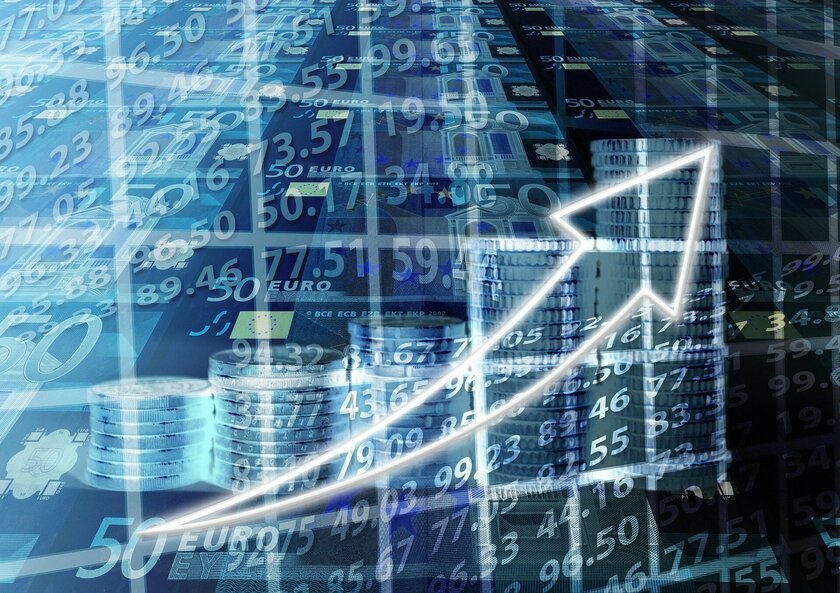Factors to watch as U.S., global economy attempt recovery

Who are you most like in the famous children’s story — the tortoise or the hare? Jason Henderson said agriculture may fare better if there is a slow, steady, tortoise-like recovery to both the U.S. and world economies.
Henderson, Purdue University’s director of Extension, has an extensive background in finance and economics. He used those insights to help farmers at Purdue’s Top Farmer Conference evaluate what happened to both the world and ag economy in 2020, largely due to COVID-19.
Disruption brought on by the reaction to the worldwide pandemic caused a historic collapse in the U.S. economy during the second quarter of 2019, followed by a sharp rebound in the third quarter, even though growth of the U.S. gross domestic product was still negative. Since then, it’s edging upward. Some experts predict positive GDP growth in 2021, though at not nearly the level before the pandemic began.
Ag economists make the case for interest rates remaining low over the next two to three years, which could aid agriculture, an industry where farmers tend to be asset-rich and cash poor. Over the same time, the U.S. GDP should remain in positive territory.
Risk factors
While the scenario for the slow, steady tortoise-like recovery makes sense, Henderson says there are lots of factors to watch while you manage risk during this period. Several of these factors could derail or at least slow down a recovery. Here are a few factors to watch:
Inflation. Real inflation occurs when real GDP growth outstrips the potential for GDP growth. The Federal Reserve projections don’t see inflation becoming a factor until sometime in 2023. Once that happens, interest rates could begin climbing again.
Stock market volatility. The stock market surge continued into 2021. Henderson said much of the investment in the stock market comes from outside the U.S. Traditionally, the U.S. was seen as a safe, stable place for investment. Whether recent political upheaval in the U.S. compared to more stable passing of the political torch in the past will shake investor confidence remains to be seen.
COVID-19. With the pandemic continuing into 2021, there is still a chance it could clip the U.S. and world economic recovery, Henderson noted. In the U.S., the manufacturing sector has fared reasonably well, but the service sector took big hits. For example, restaurant losses were as high as $10 billion per month compared to 2019 and over part of 2020. Grocery sales were up $5 billion per month, partially but not totally, offsetting loss in the service industry. Watching to see if this trend returns to normal or continues deep into 2021 will be important.
Debt. The good news is that personal, U.S. household debt is at historic lows. The bad news is that U.S. federal government debt compared to the GDP is at an all-time high. Turning the debt picture around could likely require both less federal spending and tax increases at some point, economists suggest.
Volatility. It was still be low early in 2021, but it can shift on a dime or a whim, Henderson said. Your success long term could hinge on having risk management strategies in place to navigate through volatile times.
Write to us
Our manager will contact you soon



